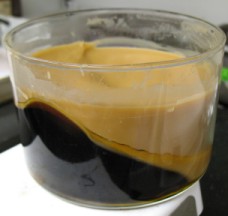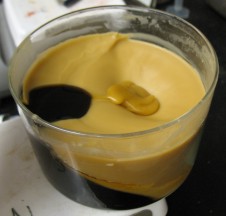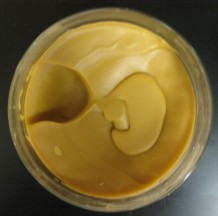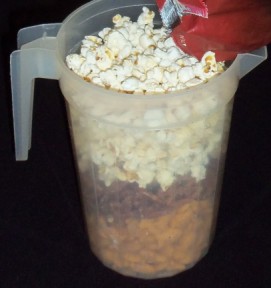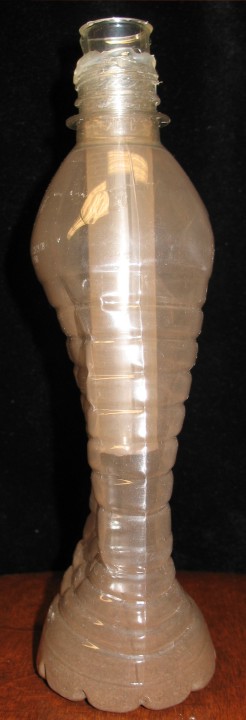On the bus this morning I finished reading a copy of Michael Faraday's "The Chemical History of a Candle" based on his famous lecture series over 150 years ago. What an amazing lecturer he was! I had not realized how far back some classic science demos go. My favorite quote: "We young ones have the perfect right to take toys and make them into philosophy, inasmuch as now-a-days we are turning philosophy into toys." (He was using a suction cup toy to demonstrate air pressure.) I have not discussed candles much in my lectures, but I have used campfires as examples.
Here is a reference:
Faraday, M. The Chemical History of a Candle, Sesquicentenary ed., James, F. A. J. L., Ed.; Oxford University Press: Oxford, U.K., 2011.
